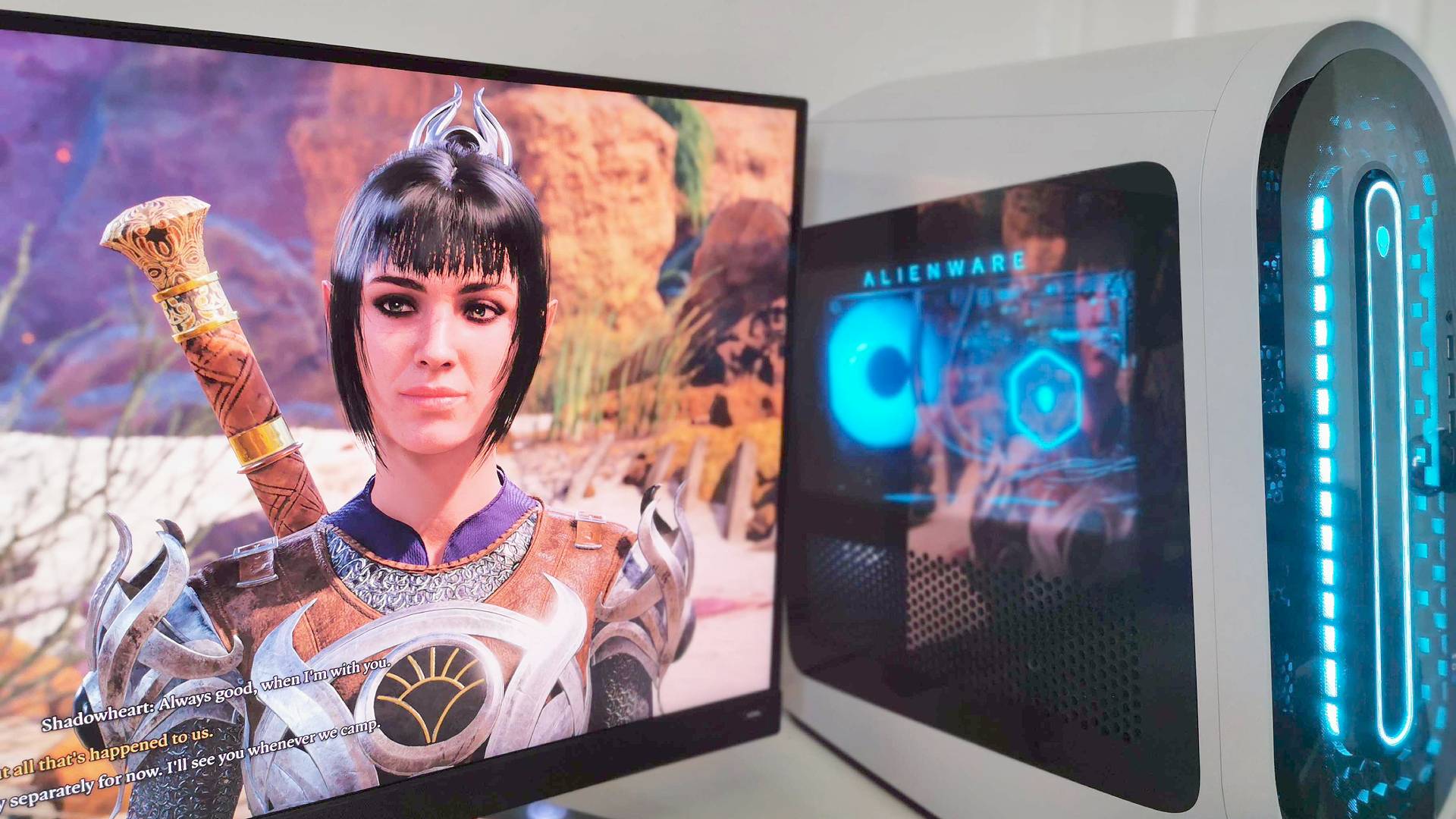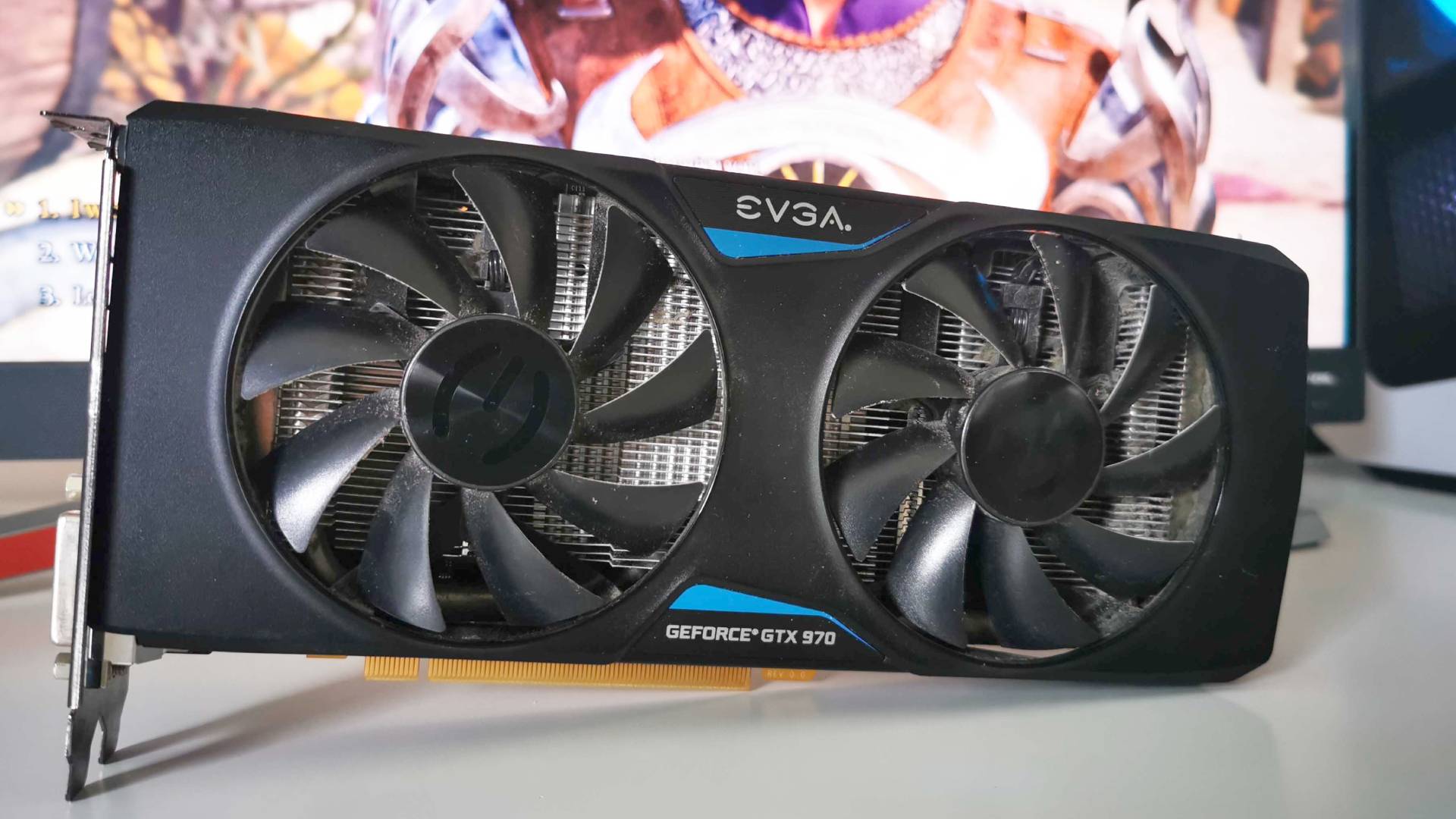Can you run Baldur’s Gate 3? Here’s the PC build we'd use to play the Steam RPG
Check whether your PC can handle Baldur's Gate 3 and put together the perfect build

Wondering whether you can run Baldur’s Gate 3 using your current gaming PC? You’ve come to the right place, as we’ve been looking into the best rig for the epic D&D RPG. You won’t need a monstrous graphics card to explore the Forgotten Realms, but double checking your specs, and whether or not your machine meets minimum requirements, will prevent you rolling the hardware equivalent of a nat 1.
Even if you’ve got a rig that’s a decade old, there’s a good chance your PC will run Baldur’s Gate 3. Sure, using one of the best graphics cards out there will paint Faerun in a different light, but if you’re simply looking to jump in without crashing, bugs, or single digit frame rates, you can get away with using an Nvidia GTX 970. For context, that GPU arrived way back in 2014, so it’s safe to say even entry level gaming PCs from the last few years will be able handle the chonky adventure. Side note, but if you're still deciding whether you should end by the role playing romp, you should swing by our Baldur's Gate 3 review before deliberating on PC parts.
Of course, if you’re looking to check whether your PC will run Baldur’s Gate 3 specifically, you’ll want to compare your rig against the developer’s system requirements. Minimum and recommended specs aren’t an absolute law, but they will give you a ballpark to work with if you’re building a new rig from scratch or revamping an existing system. Ultimately, using something similar to Larian Studios’ suggested setup will enable you to boost fps at higher resolutions, even if your own build differs slightly.
| Specs | Minimum | Reccomended |
|---|---|---|
| OS | Windows 10 | Windows 10 |
| CPU | Intel I5 4690 / AMD FX 8350 | Intel i7 8700K / AMD Ryzen 5 3600 |
| RAM | 8GB | 16GB |
| GPU | Nvidia GTX 970 / AMD RX 480 | Nvidia 2060 Super / AMD RX 5700 XT |
| Storage | 150GB SSD | 150GB SSD |
Again, Baldur’s Gate recommended requirements aren't absolute, and you’ll be able to mix and match parts without compromising performance expectations. Infact, taking a Frankenstein approach will save you from forking out on a complete system overhaul, and it’ll cut the cost of new-builds too.
That’s not to say you should pair Larian’s recommended GPU with an old i5 chip, as Baldur’s Gate 3 is CPU intensive compared to other games. Size requirements are also non negotiable, as if you don’t use an SSD or hard drive with 150GB free, you won’t be able to download the game via Steam. However, if your rig is rocking something like an Nvidia GeForce GTX 1080 instead of the suggested RTX 2060 Super, you should still be able to play without completely cranking back settings.

Baldur’s Gate 3 PC performance
To provide a performance picture, I’ve tested Baldur’s Gate 3 on a few different systems, including a premium Alienware Aurora R15 build with an Nvidia GeForce RTX 4090 and 13th gen i9 processor and a budget build with an old GTX 970 inside. Your mileage may vary based on your choice of parts and specs, but knowing what you can achieve at each end of the gaming PC spectrum should at least help set expectations.
- Windows 11
- Nvidia GeForce RTX 4090
- Intel Core i9-13000KF
- 64GB DDR5
- 4TB NVMe SSD
Just like many D&D fans out there, I’m slowly making my way through Baldur’s Gate 3, and I’ve recently been using an RTX 4090 build to make the journey to the big smoke. Specifically, I’m using an Alienware Aurora R15 in preparation for a review, and the rig can push out an average of 156fps RPG at 4K with every setting cranked up to max. Incredible results that can be attributed both to Nvidia’s flagship GPU and the i9-13000KF GPU within the rig, but both parts come with an eye watering price tag attached. Put it this way, if Astarion was a PC gamer, he’d choose this extravagant rig to play, so you’ll want to read on if you’re wondering what your scrappy custom character would use.
On the flipside we have my budget rig armed with my trusty old GTX 970 that I bought back in 2014 for £230 (around $290). These days, you can pick one up second hand for around $50, and I honestly think the card still holds up today. I mean, it’s included in Baldur’s Gate 3’s system requirements for a reason, and it’ll happily deal with a chunk of your Steam library if you stick to 1080p.

As for how it handles Baldur’s Gate 3, I was able reach between 50-60fps at 1080p with medium settings enabled, which is exactly what I was expecting. If the idea of 30fps doesn't upset you too much, playing with ultra settings enabled is viable, but I predict there will be some areas of the game where that proves too much for Nvidia's old, but admittedly capable, GPU.
For a laugh, I decided to run Baldur's Gate 3 at 1440p and 4K using the GTX 970, and the results caught me off guard. I did have to crank settings to low, but I was able play at around 45fps at 1440p. Naturally, 4K was a bit too taxing for the 4GB GTX card, but the fact it produced an average of 22fps is sort of remarkable. I'm not saying I expect any PC player to ensure sub-30 frame rates, unless you're the type that enjoys letting Abdirak deliver you penance. However, I think avoiding single digit benchmarks is a testament to the card's abilities and backs up Lorian's decision to include it in its system requirements.
Two above benchmarks are two ends of a extreme, at least in terms of GPU used. If I were to actually put together a rig for a friend exclusively for Baldur's Gate 3, I'd aim for something more midrange. By merely swapping out the GTX 970 in the budget rig for the $299 Nvidia GeForce RTX 4060, I was able to comfortably hit 4K 60fps with high settings enabled. That's something that's possible thanks to the card's included DLSS 2 abilities, which increase average frame rates from the 45fps mark to just over 70fps for the most part.
Nvidia's AI upscaling tools transform what should be an new-gen entry level GPU into a midrange hero, and while not every game supports the feature, it really comes in clutch when running Baldur's Gate 3. That's effectively the main reason why, despite their excellent abilities, I'd pick up a newer card over a second hand GTX one.
With that in mind here's the gaming PC build we'd suggest for playing Baldur's Gate 3. It's not the highest spec rig out there by any means, but it'll provide you with decent 4K performance without compromising on visual settings and performance. Not to mention it's fairly affordable, which is vital if you're looking to put together a system just for Lorain's RPG, or get the right parts for your existing machine.
| OS | Windows 11 |
| GPU | Nvidia GeForce RTX 4060 |
| CPU | Intel Core i5-12400F |
| RAM | 16GB DDR4 |
| Storage | 512GB PCIe 4 NVMe SSD |
I'd encourage you to play around with the above build to suit your own preferences, and swapping out that RTX 4060 will provide a frame rate uplift if you'd rather avoid DLSS AI upscaling. That said, I think the recommended rig strikes a great balance when it comes to price and performance, and while the RTX 4090 build I'm using to play is incredible, I'll eventually end up finishing the campaign using this budget rig.
Looking for a rig that's ready to go? Check out the best Alienware gaming PCs for out of this world Aurora builds. Alternatively, take a peek at the best gaming laptops if you'd rather play Baldur's Gate 3 on the go.
Weekly digests, tales from the communities you love, and more

I’m your friendly neighbourhood Hardware Editor at GamesRadar, and it’s my job to make sure you can kick butt in all your favourite games using the best gaming hardware, whether you’re a sucker for handhelds like the Steam Deck and Nintendo Switch 2 or a hardcore gaming PC enthusiast.


